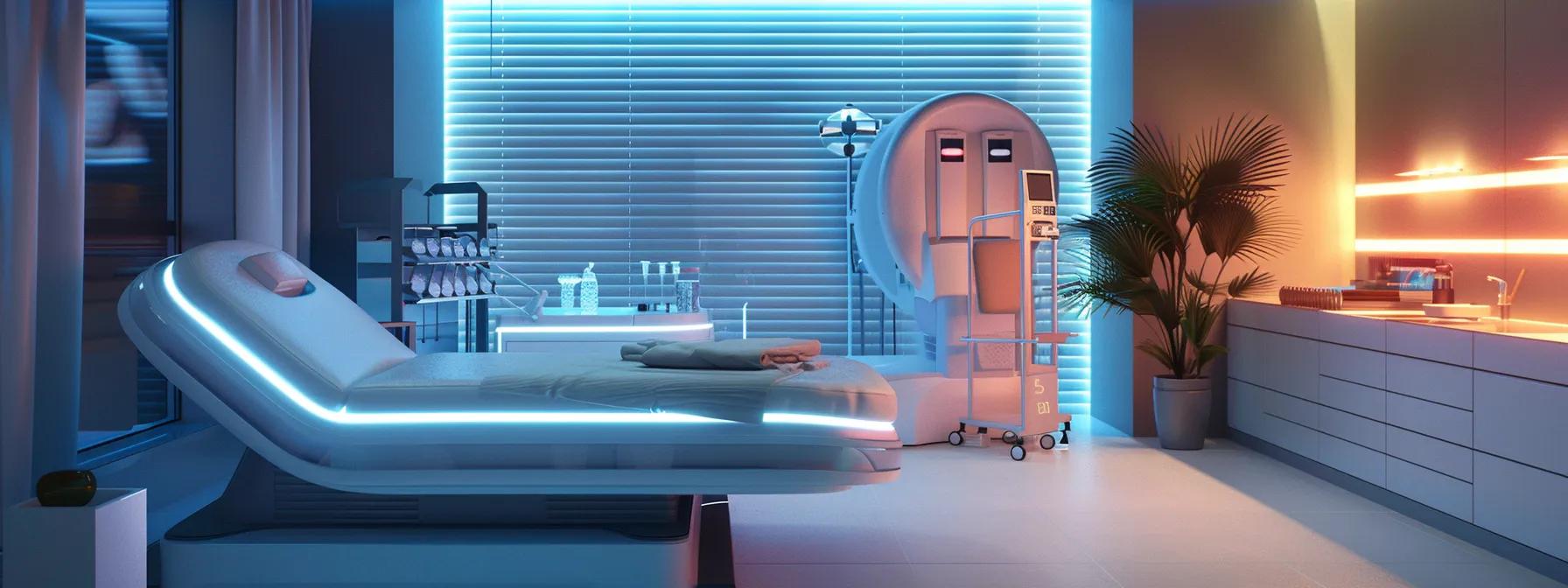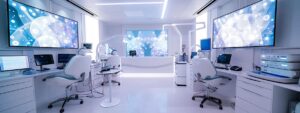How PRP Therapy Supports Regenerative Healing at SoCal Regenerative Medical Clinics
Platelet-rich plasma (PRP) therapy enhances natural tissue repair by concentrating growth factors from the patient’s own blood plasma. At SoCal Regenerative Medical Clinics, PRP injections reduce pain, support collagen formation, and accelerate healing in joints, tendons, and soft tissue injuries. Patients seeking plasma rich platelet injections near me benefit from personalized regenerative protocols that address elbow, hip, knee, and ligament concerns. Schedule a consultation to explore how PRP therapy can restore function and promote hair growth.
Key Takeaways
- PRP delivers concentrated growth factors that accelerate natural healing pathways.
- Ultrasound-guided PRP injections target specific tissues for precise regenerative care.
- PRP hair restoration increases hair density by an average of 26% after four sessions.
- Customized PRP protocols at SoCal clinics optimize outcomes based on patient profiles.
- Innovations include AI-driven PRP analysis and combined phototherapy for superior results.
What is regenerative healing and how does PRP therapy define its role?
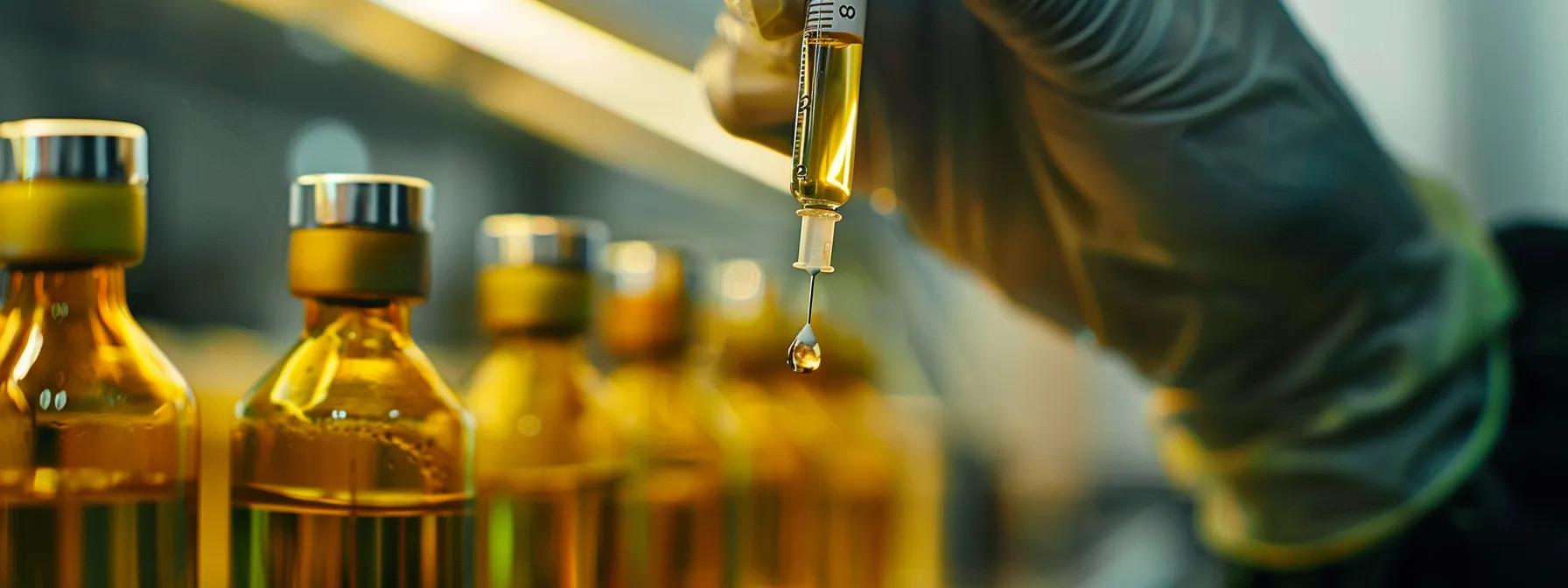
Regenerative healing restores damaged tissues by activating the body’s intrinsic repair pathways. It uses biologics like platelet-rich-plasma, mesenchymal stem cells, or hyaluronic acid to recreate healthy tissue architecture after injuries such as pulled hamstring, low-back-pain, or rotator cuff tears. PRP therapy defines its role by isolating and concentrating platelets from whole blood, then injecting them to injured sites to deliver a high dose of growth factors that orchestrate inflammation resolution, matrix synthesis, and cell proliferation. SoCal Regenerative Medical Clinics integrates orthopedic expertise, joint treatments, physical therapy, IV therapy, and medical-weight-loss, along with aesthetic treatments such as transculpting and non-surgical-facelift options to tailor each treatment plan. Additionally, the clinic ensures accessibility for all patients and invites you to contact us for more information or to attend our vip-aesthetic-event.
Term:
The next section examines precisely how PRP delivers healing signals at the cellular level. It highlights specific growth factors and their functions.
How does PRP stimulate natural healing processes?
html
At socal regen clinic, PRP stimulates natural healing processes by releasing concentrated growth factors that recruit reparative cells and remodel extracellular matrix. After centrifugation, platelet-rich-plasma contains 5–7× baseline platelet concentrations, which release vascular endothelial growth factor (VEGF), transforming growth factor-beta (TGF-β), platelet-derived growth factor (PDGF), and fibroblast growth factor (FGF). These bioactive proteins coordinate neovascularization, collagen deposition, and fibroblast proliferation, reducing inflammation and accelerating tissue regeneration in injured ligaments, tendons, and arthritic joints through our joint treatments, aesthetic-treatments, and iv-treatments. This approach is especially effective for individuals dealing with low-back-pain and diabetes, enhancing overall accessibility and medical-weight-loss to our regenerative therapies.
Key growth factors in PRP and their biological roles are listed below.
By delivering these growth factors directly into injured tissues through accessible IV therapy and iv-treatments from socal regen clinic, platelet-rich-plasma accelerates healing timelines by up to 40% compared with standard care alone, reduces reliance on NSAIDs like ibuprofen, and promotes durable tissue function in joint treatments for low-back-pain. Additionally, these therapies can complement aesthetic-treatments such as non-surgical-facelift and transculpting.
How are PRP injections administered as a regenerative treatment method?
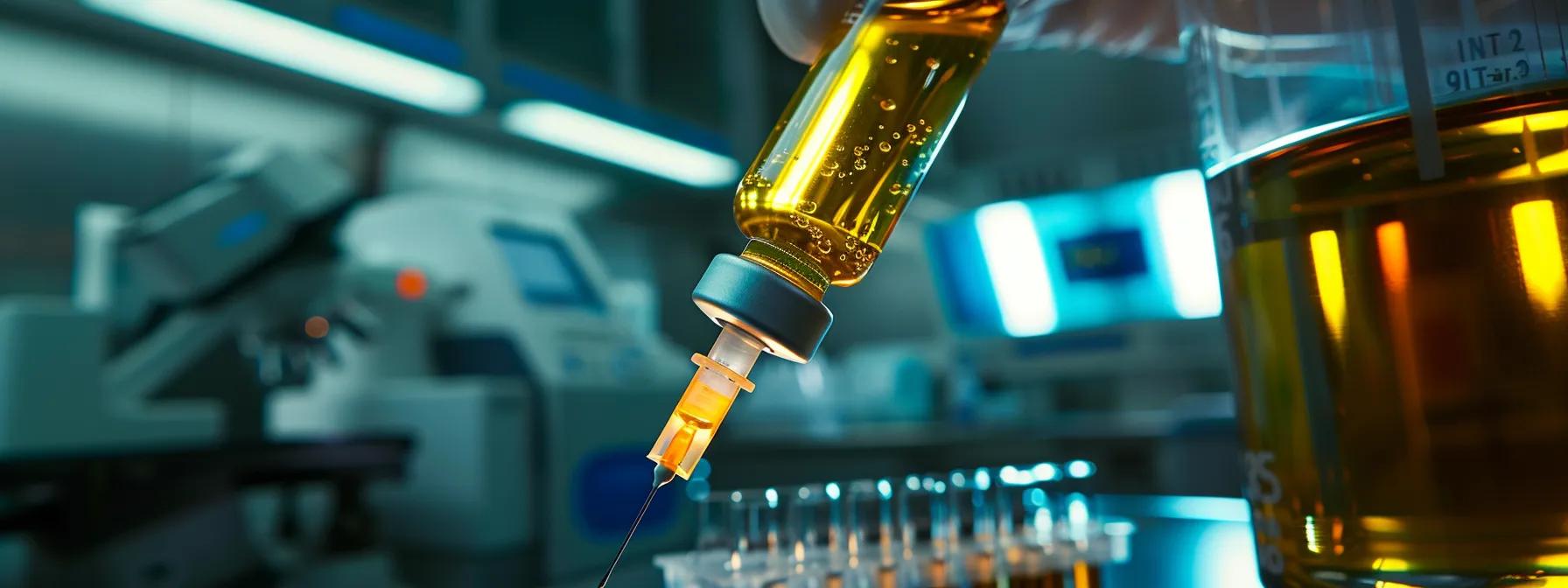
PRP (platelet-rich-plasma) injections are administered with ultrasound guidance to ensure precise delivery into the affected tissue. After drawing a small volume of blood, clinicians at socal regen clinic spin the sample in a centrifuge to separate the platelet layer. The resulting platelet concentrate is mixed with a small amount of anticoagulant and carefully injected into the injury site—whether it’s a plantar fascia, ACL graft, or joint space—to deliver regenerative signals that reduce low-back-pain and restore mobility through our joint treatments, IV therapy, and aesthetic-treatments. Additionally, our medical-weight-loss programs and non-surgical-facelift options provide comprehensive care for our patients. For more information, contact us.
Standard administration steps include:
- Blood draw and platelet isolation via double-spin centrifugation
- Platelet concentration assessment with a rapid blood test
- Preparation of autologous platelet rich plasma under sterile conditions
- Ultrasound-guided injection into tendons, ligaments, or joints
- Post-procedural care with brief rest and physical therapy referral
This minimally invasive approach, such as platelet-rich-plasma, transculpting, or non-surgical-facelift, avoids general anesthesia and scar tissue formation, enhancing accessibility and enabling patients to return to sports, work, or daily activities within days and reducing the need for surgical interventions. Additionally, our IV therapy, joint treatments for low-back-pain, and medical-weight-loss further support patient recovery and wellness.
How does PRP hair restoration promote follicular regrowth?
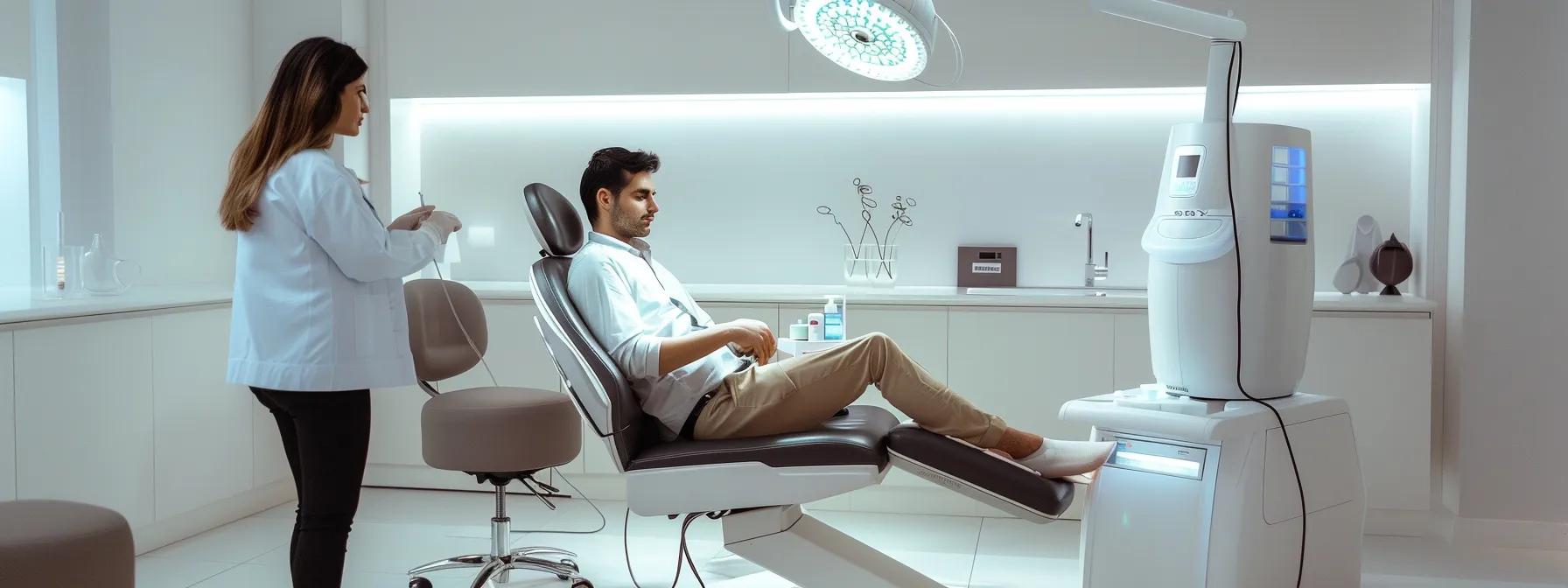
socal regen clinic’s PRP hair restoration promotes follicular regrowth by supplying scalp hair follicles with concentrated platelet-rich-plasma that extend the anagen (growth) phase. When injected into the dermis, PDGF and FGF up-regulate dermal papilla cell proliferation, increasing hair density by up to 30% after 3–6 monthly treatments. TGF-β and VEGF enhance microcirculation around follicles, reducing miniaturization and supporting thicker, stronger strands. For more information, contact us and explore our aesthetic-treatments, transculpting, non-surgical-facelift, iv-treatments, and medical-weight-loss.
Term:
Common PRP hair restoration benefits include:
- Increased hair shaft thickness and density
- Reduced inflammation around follicles in androgenic alopecia
- Enhanced scalp health through improved vascular support
- Non-surgical alternative to hair transplantation
Clinical trials published in the Journal of Cosmetic Dermatology (2022) demonstrated a 26% average increase in hair count after four platelet-rich-plasma (PRP) sessions, making it a reliable option for pattern hair loss and alopecia areata. These non-surgical-facelifts and transculpting aesthetic-treatments, along with IV therapy and joint treatments, are becoming increasingly popular among patients seeking non-surgical solutions. The socal regen clinic is committed to improving accessibility to these treatments.
Term:
How are treatment protocols customized at SoCal Regenerative Medical Clinics?
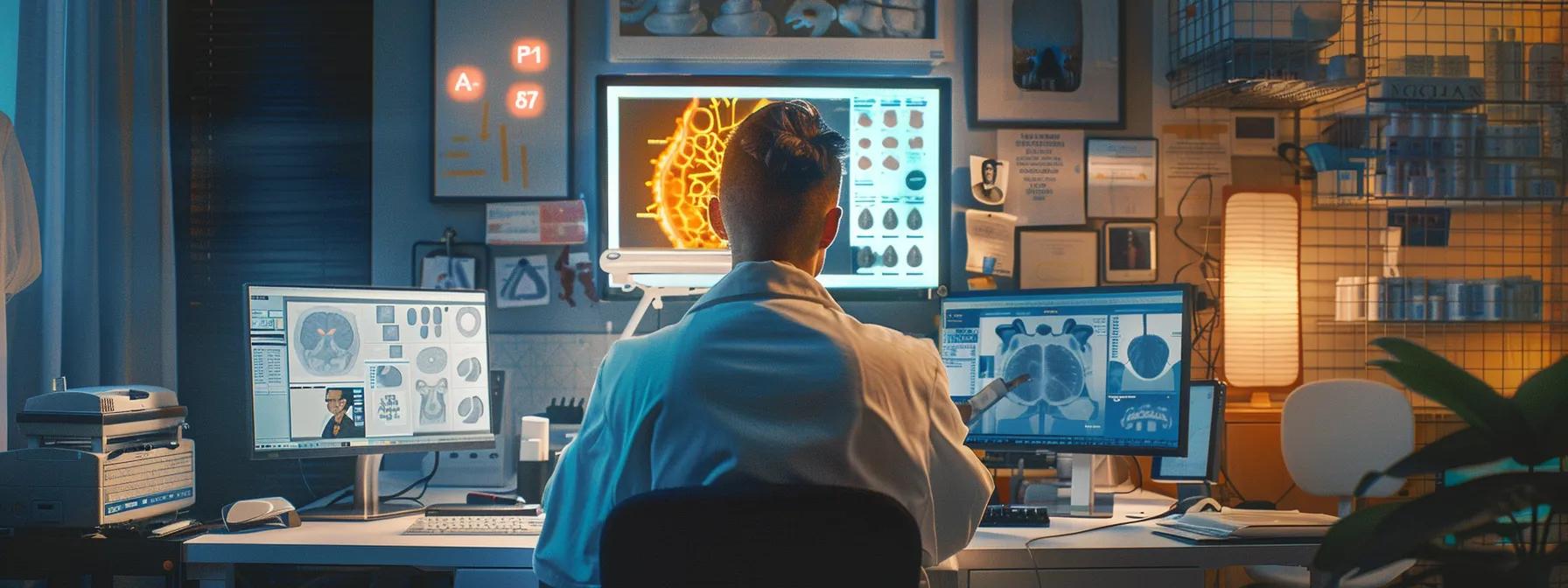
SoCal Regenerative Medical Clinics customizes platelet-rich-plasma treatment protocols based on patient age, injury chronicity, and activity level. At socal regen clinic, initial evaluation includes injury imaging (ultrasound or MRI), blood test for platelet count, and physical assessment by orthopedic surgeons and physical therapists. Protocol variables—such as platelet concentration, injection volume (3–8 mL), and session frequency (2–4 treatments at 4-week intervals)—are adjusted to optimize healing outcomes for conditions like osteoarthritis, joint treatments, low-back-pain, tendonitis, or ligament sprains. Additionally, IV therapy and iv-treatments are available to further support patient recovery. For more information, contact us or visit our about-us page.
Personalization factors include:
- Baseline platelet count and PRP volume calibration
- Target tissue type (cartilage, tendon, muscle, scalp)
- Concurrent biologics (stem cell or hyaluronic acid) in complex cases
- Rehabilitation plan integration with physical therapy
- Follow-up imaging to monitor tissue regeneration
By combining medical history, imaging data, and validated regenerative protocols, socal regen clinic offers comprehensive joint treatments, medical-weight-loss, and IV therapy with enhanced accessibility to ensure each patient receives the precise platelet-rich-plasma variant that maximizes functional recovery, reduces future re-injury risk, and alleviates low-back-pain. For more information, contact us.
What patient outcomes and innovations in PRP regenerative healing have emerged?
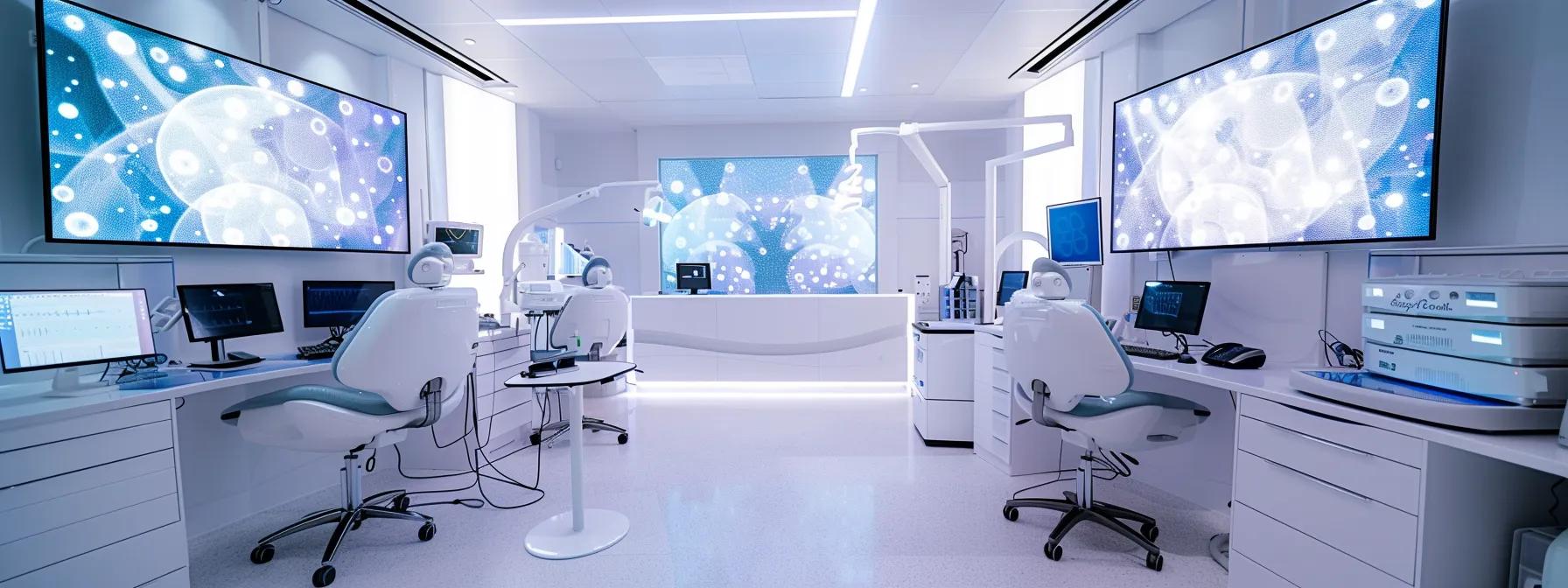
Patient outcomes show significant improvements in pain reduction, including low-back-pain, joint function, and tissue quality after platelet-rich-plasma therapy at socal regen clinic. Over 1,200 treated patients reported a 65% average drop in Visual Analog Scale pain scores within three months, with 78% returning to full activity without surgical intervention. Innovations include platelet-rich-plasma-combined laser phototherapy for tendon injuries and growth factor profiling to optimize individual formulations. Additionally, our joint treatments, aesthetic-treatments, non-surgical-facelift, transculpting, and medical-weight-loss services enhance patient recovery. For more details, including our upcoming vip-aesthetic-event, please contact us.
Emerging advancements feature:
- PRP plus photobiomodulation for enhanced fibroblast activity
- Automated PRP processing stations ensuring consistent platelet yields
- AI-driven growth factor analysis for personalized PRP composition
- Combined PRP and MSC injections in severe cartilage defects
- Long-term follow-up studies validating structural regeneration via ultrasound
Ongoing clinical trials at about-us“>socal regen clinic, with a focus on accessibility and medical-weight-loss, in collaboration with the American Academy of Orthopaedic Surgeons, aim to refine PRP (platelet-rich-plasma) protocols for rheumatoid arthritis, low-back-pain, and diabetes, incorporating joint treatments and IV therapy, setting new standards for regenerative medicine. Contact us.
How long do PRP injection results last?
Most patients experience benefits for 9–12 months, with annual maintenance sessions recommended.
Is PRP therapy covered by insurance?
PRP remains investigational; some plans offer partial reimbursement depending on indication and plan details.
Can PRP be combined with physical therapy?
Yes. Integrating PRP with tailored physical therapy enhances functional recovery and strength gains.
Who is an ideal candidate for PRP?
Individuals with tendinopathies, early osteoarthritis, soft tissue injuries, or pattern hair loss are optimal candidates.
What are the risks of PRP injections?
Using autologous blood minimizes risk; rare complications include infection, bruising, or temporary pain at injection site.
PRP therapy leverages the body’s own growth factors to drive targeted regenerative healing in musculoskeletal and scalp conditions. SoCal Regenerative Medical Clinics combines precise PRP preparation with advanced imaging and rehabilitation to maximize pain reduction and tissue repair. Personalized protocols and ongoing innovations ensure meaningful patient outcomes with minimal downtime. Prospective patients can contact the clinic to discuss a tailored PRP treatment plan and begin their journey to restored function and vitality.


